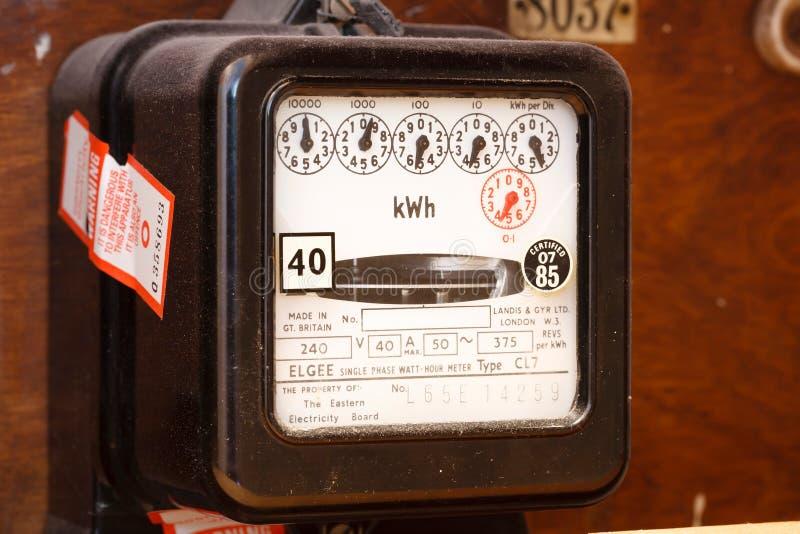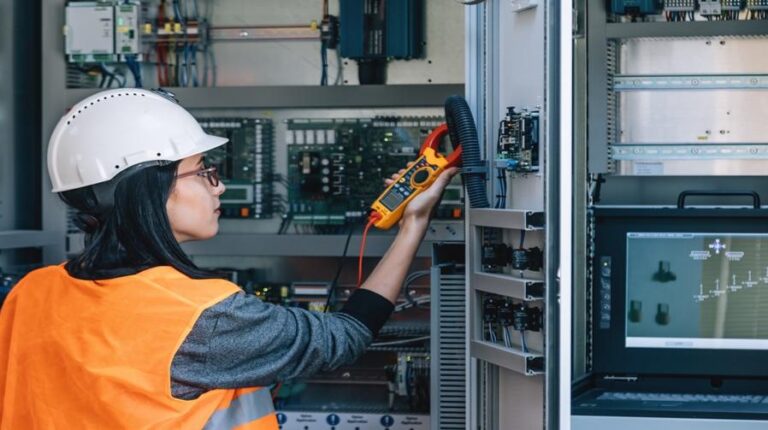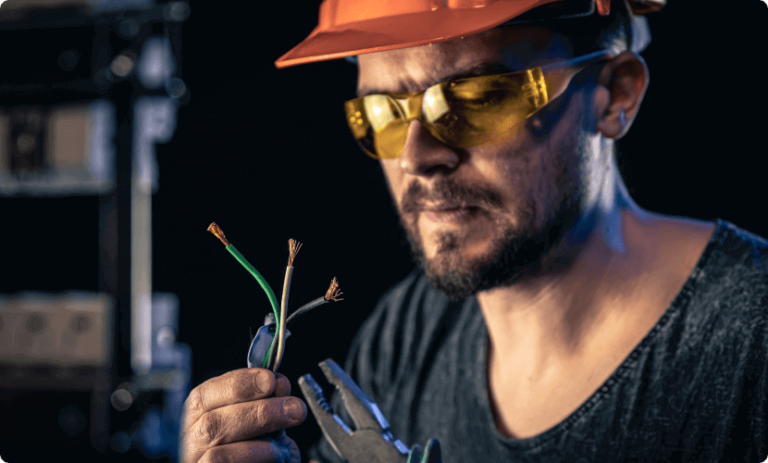If you’re experiencing inconsistencies in your energy bills or are using an old electrical system, it might be time to replace your meter. Electrical meters are crucial for monitoring your energy consumption, but outdated or faulty meters can lead to inaccurate readings, safety risks, and even financial losses. Let’s explore why it’s essential to replace outdated or malfunctioning meters and what to expect from the process.
Why You Should Replace a Faulty or Outdated Meter
Electrical meters are the backbone of your energy system, providing accurate readings to your energy supplier, which are used to calculate your bills. However, over time, meters can become outdated, less efficient, or simply faulty due to wear and tear. A faulty meter can result in incorrect billing, potentially costing you more than necessary. More importantly, an outdated meter might not be compatible with modern electrical systems or appliances, making your home less energy efficient.
If your meter is over a decade old, it’s worth having a licensed electrician inspect it. Older meters are more prone to errors, especially with advancements in smart metering technology. Modern meters provide accurate readings and can help you better understand your energy consumption patterns, allowing you to take control of your energy usage and save on bills.
Safety Concerns Around Old Meters
An outdated or faulty meter doesn’t just affect your bills; it can also pose significant safety risks. Old meters may not meet current safety standards, making them prone to overheating, electrical faults, or even fire hazards. Faulty wiring in old meters can lead to electrical surges or shorts, putting your property at risk.
Modern meters, particularly smart meters, are designed to meet stringent safety standards and come with enhanced protection features. They help prevent electrical faults and provide early detection of any issues, offering peace of mind. If your meter hasn’t been inspected or updated in a while, having a professional check its safety is a wise decision.
The Process of Replacing a Meter
Replacing a faulty or outdated meter is not a DIY task and must be performed by a licensed electrician. The process typically begins with an inspection to assess whether the meter is faulty, outdated, or not functioning correctly. The electrician will also check the condition of the wiring and other connected electrical systems to ensure that everything is safe and up to date.
Once the electrician has determined that the meter needs to be replaced, they will coordinate with your energy provider to switch off the power during the installation. The old meter is then safely removed and replaced with a new, accurate, and safe one. After the installation, the power is restored, and the new meter begins recording your energy consumption accurately.
Smart meters are often recommended when replacing outdated models, as they provide real-time data on energy usage and allow for more precise billing. They also come with added features like remote reading, which means no more manual meter readings and more accurate bills.
Benefits of Replacing Your Meter
Upgrading to a modern, efficient meter offers several benefits. You’ll experience more accurate billing, greater energy efficiency, and improved safety. A smart meter also helps you track your energy consumption in real-time, empowering you to make informed decisions about your energy use. Additionally, new meters comply with the latest Australian energy standards, ensuring your home or business is safe and future-proofed.
If you’re unsure whether your meter needs replacement, contact a qualified electrician for an inspection. Regular maintenance and timely upgrades will not only ensure your electrical system’s safety but also provide long-term cost savings.

















